READ: Forensic Anthropology
| Site: | Mountain Heights Academy OER |
| Course: | Medical Forensics Q2 |
| Book: | READ: Forensic Anthropology |
| Printed by: | Guest user |
| Date: | Saturday, 26 July 2025, 9:36 PM |
Determining Age
Forensic Anthropology
Forensic anthropology is the use of human remains to determine information about an individual and their time, manner, and cause of death. Forensic anthropology is typically used when the body has decomposed to the point that it is skeletonized. Bones can last a very long time depending on the conditions they are in, but they can provide information about a person long after they have died.
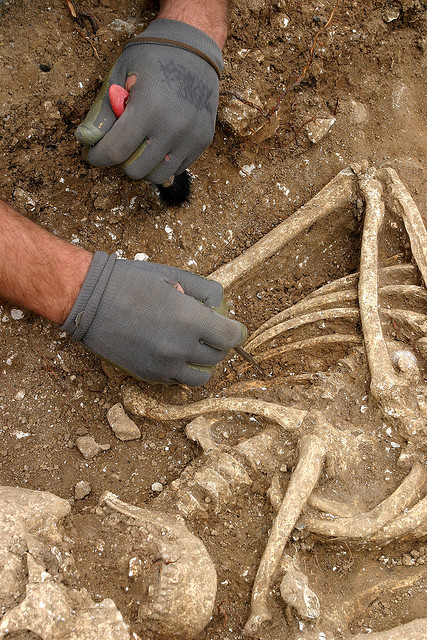
Age
Bones can be used to determine the age of a person with varying degrees of accuracy. It is much easier to estimate the age of the skeletons of infants or children. Bones in infants and children can be measured and compared against known growth standards. Usually the long bones are measured. The long bones include the femur, tibia, and fibula in the legs, and the humerus, radius, and ulna in the arms.
It is also possible to look at the epiphyseal fusion in the bones of children and infants. Epiphyseal plates, sometimes called growth plates, are areas at the end of the long bones that are open during infancy and childhood, but will fuse together as the child grows. The fusion of growth plates begins and ends at different times for different bones, but fusion is generally happening in some of the bones between the ages of 10 - 30 years old.
Because of the presence of epiphyseal plates, estimations of the age of skeletons are fairly accurate for a person under age 25. For people ages 25-45 it is extremely difficult to estimate age based on the skeleton. After about age 45 anthropologists can study the bones for evidence of age such as wear on joints, or arthritis. For people age 45 or older it is possible to get a slightly more accurate estimation of age because of the wear on the bones.
Another way that age can be determined in young children is the teeth. The skull can be examined for the development of adult teeth. This can help give a relative estimation of the child’s age.
Determining Sex, Race, and Height
Sex
Once a person has gone through puberty, the sex of a skeleton can often be determined by looking at the shape of the pelvis and the size of the skull. There are several small differences in the shape and angle of the bones in a male and female pelvis. The main difference is that a female pelvis is wider and has a larger opening. This is due to the fact that a woman's pelvis must allow for the passage of an infant during childbirth. A male pelvis is typically more narrow. This can be seen most readily by measuring the subpubic angle. The subpubic angle in a female pelvis is greater than 90 degrees. In a male pelvis the angle is less than 90 degrees.
Female Pelvis:
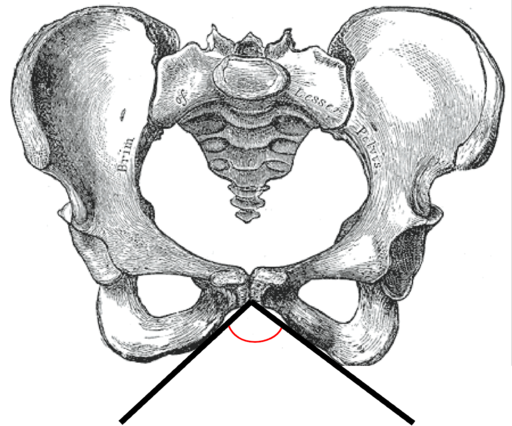
Male Pelvis:
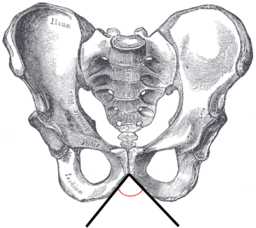
The skull can also provide clues about the sex of a skeleton. A male skull is typically larger and has a more pronounced brow line. Female skulls tend to be smaller.
Race
There is some controversy surrounding the ability of anthropologists to determine a person’s race based on the skeleton. This is mainly due to the fact that most people have mixed ancestry. Anthropologists typically look at the features of the skull in order to get an idea of race. In general there are three main classes of skulls: Negroid, Mongoloid, and Caucasoid. Negroid skulls are associated with people of African descent, mongoloid skulls are associated with people of Asian descent, and caucasoid skulls are associated with people of European descent.
The main differences in the skull are in the shapes of the eye orbits, the shape of the nasal cavities, and the shape of the jaw. By looking at these characteristics, anthropologists can get an idea of the person’s race, but it is important to understand that this process may not always be accurate, especially since many people have mixed ancestry.
Height
The height of a person can be estimated by measuring the long bones of a skeleton. The measurements can be compared to known measurements in order to estimate the height. The estimation is more accurate when the sex and the race are known.
Determining Time and Cause of Death
Time Since Death
Estimating the time since death can be somewhat difficult with skeletal evidence. The placement of the bones when they are found can be an indication of how long a body has been in the area. As a body decomposed the remains will become more scattered as animals and insects carry off pieces of the body, or the bones. If the bones are further apart, it is more likely that the body has been there for a longer amount of time. Anthropologists can also look at the state of the bones, or if the bones are partially covered in dirt or vegetation. These can all be clues to how long a body has been there. Of course, all of these factors may be influence by whether or not the body was initially buried, wrapped in something, or just placed on the ground, so there is no foolproof way to estimate the time since death by using the skeleton.
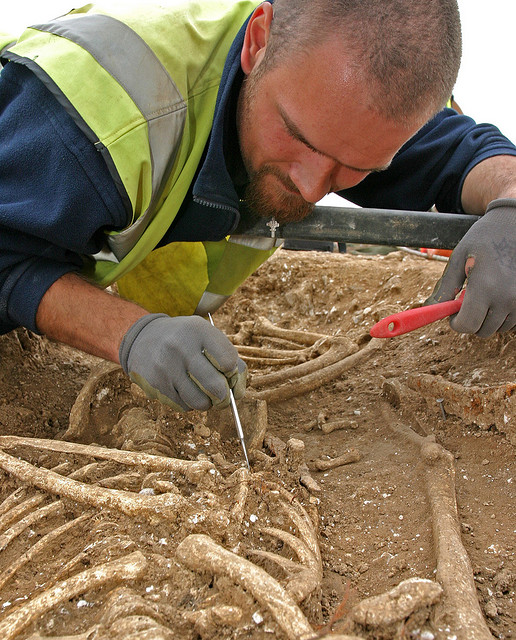
Cause of death
Sometimes the bones can provide clues about how the person died. Bones may shows signs of certain diseases or infections. The bones may show evidence of damage such as, scrapes, a gunshot wound, or broken bones. If these signs are present, it can be very helpful in determining the cause of death, but in many cases there are no signs present on the bones, so it can be difficult to determine the cause of death using bones.
Odontology and Body Farms
Forensic Odontology
Forensic odontology is a field that is closely related to forensic anthropology. Odontology is the study of teeth. Sometimes an odontologist will be consulted in a criminal case. Odontologists can help identify a person based on dental records, or they can sometimes be called on the determine if a bite mark came from a certain person.
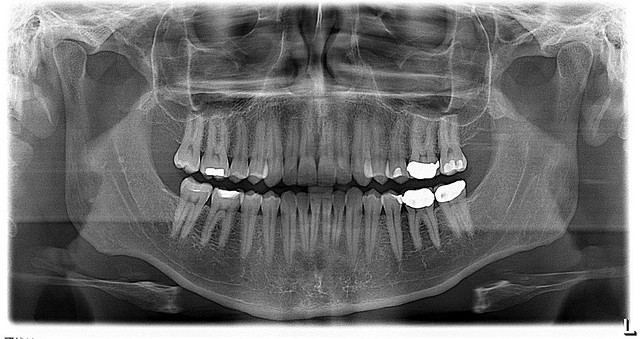
Body Farms
Body farms are research facilities where anthropologists study what happens as humans decompose under different conditions. There are several body farms in the United States. The first body farm was started by Dr. William Bass at the University of Tennessee. There is still a body farm run by the university today. The body farm will place bodies in different situations and record what happens as they decompose. This is very helpful to law enforcement agencies during an investigation. They study what happens to bodies under a variety of circumstances such as when a body is wrapped in bags, or when it is in the sun versus the shade, or if it is buried in a shallow grave, etc.
This research provides investigators with a time frame of how decomposition would proceed based on the conditions the body is in. The body farm uses human bodies that people decide to donate to the farm for research. They also sometimes use pig carcasses during the research as well. They study things such as, how insect life cycles proceed in a body, what insects are there, how long stages of decomposition take, and how bones become scattered after a period of time.